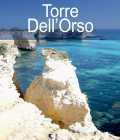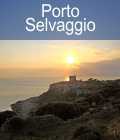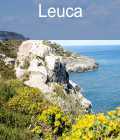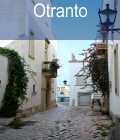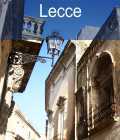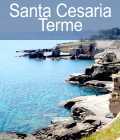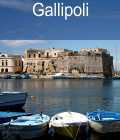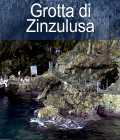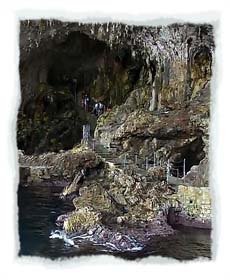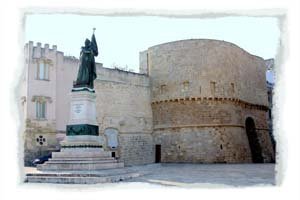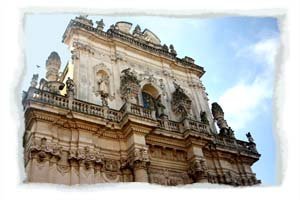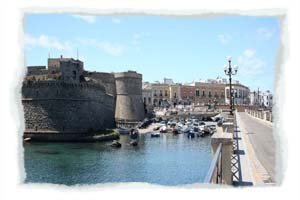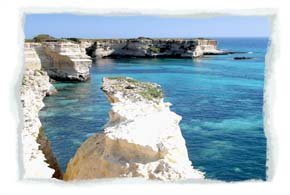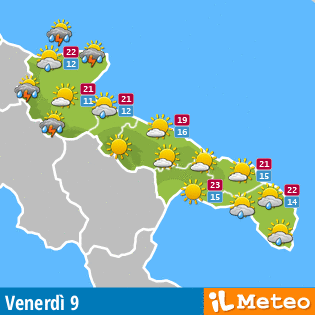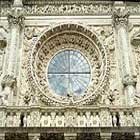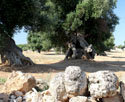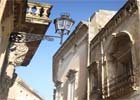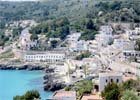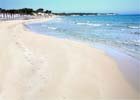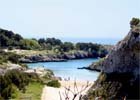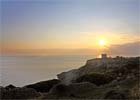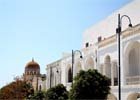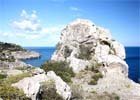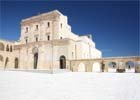Salento
Salento: land of sun, sea and ancient traditions
The Salento, also known as the Penisola Salentina, is a land on the border with the East, whose architecture and culture have been strongly influenced by numerous civilizations which followed one another. Every tourist finds it really striking. It shows beautiful cliffs and marine caves where you can see the traces of ancient rocky settlements dating back to the Stone and Bronze Age. It is worth mentioning ancient rites and traditions as well as precious handmade objects inherited by civilizations such as the Messapi which inhabited these places for several centuries.
To visit Salento
Salento: old town centres, valuable cathedrals, wonderful views
The Salento is characterized by important old town centres such as the ones of Gallipoli, Ostuni, Martina Franca, Lecce, Taranto, Manduria, Nardò, Francavilla Fontana, Oria, Otranto, Grottaglie. It is also rich of numerous rocky churches and Basilian crypts frescoed with holy images and once used as holy places during the Middle Ages. It is also worth mentioning the valuable Roman cathedrals of Otranto, Santa Maria del Casale in Brindisi, the Basilica of Santa Caterina D’Alessandria in Galatina. The Salento is famous all over the world thanks to its Baroque, which was born during the end of the 16th century, during the Counter-Reformation, and developed until the first half of the 18th century with the Rococò; it is one of the most particular artistic-architectonic models of Italy.
The history of Salento
Salento: history of an ancient land
The Salento has really ancient origins being inhabited since the Paleolith. Traces of the man of Neanderthal have been found in the caves along the coast road from Otranto to S. Maria di Leuca. The caves in this area show also finds which date back to the Neolith, which are traces of the usages of the first inhabitants of the Penisola Salentina, the way they buried dead men and their first religious rites.
During the second millenium B.C. the Messapi, a population of Illyrian origin, reached the peninsula. They prospered and opposed to the inhabitants of the Magna Graecia who had colonies scattered along the peninsula. During the third century B.C. they had to surrender to the power of the Roman Empire. The Salento remained under the Roman domination until the 5th century A.D. Some of the Messapic centres of the Salento are Otranto, Ugento, Ceglie Messapica, Manduria, Soleto, Egnazia. Afterwards the northern area of the Salento was involved in the Greek-gothic war; then it became borderland between Longobards and Byzantines creating the legend of the so called “limes bizantino”, a wall which linked Taranto to Fasano which has left numerous Specchie, particularly in the area of Ceglie Messapica and Villa Castelli. Between the 9th and 10th century the Salento has been often assailed by Saracens opposed by the Byzantines, that with Basilio the first had founded the Thema di Longobardia.
Federico II of Svevia deeply modified many castles such as the ones of Brindisi and Oria. In 1384, during the Angevin domination, the prince of Taranto Raimondo Orsini Del Balzo – having married the countess of Lecce Maria d'Enghien – became one of the most rich and powerful feudatory of the reign. In 1480, with the Aragoneses, Otranto was invaded by the Turks guided by Ahmet Pascià and suffered the massacre of 800 people who refused to convert to Islam. Between the 16th and 18th centuries Lecce became one of the most rich centres of the Baroque, thanks to a flourishing artistic life. With the Fascism the new provinces of Taranto and Brindisi were established.
The Salento is also characterized by some zones, in the area of the ancient region known as Grecia Salentina, in the central part of Salento, where ethnic-linguistic minorities speak a neo-Greek dialect. It is really worth mentioning the extinct phenomenon of the tarantismo and the cult of the pizzica, the traditional music which once characterized the recovery rites for the tarantate, that is to say women that were thought to have been bitten by the tarantula.
Old town centres in Salento
Towns with very ancient origins, founded by the Messapi and then become possession of the Magna-Graecia and the Roman Empire. Old town centres of great interest, rich of history and monuments. Among the most famous we find Gallipoli and Otranto, which played a central role for the politic, military and religious life of this territory, thanks to their strategic position. It is worth mentioning Lecce, a city of great charm, famous all over the world for its artistic beauties. Between the 16th and 18th centuries Lecce became one of the most rich centres of the Baroque, thanks to a flourishing artistic life.
Basilicas and cathedrals
The magnificence of the Baroque is perfectly represented by the Basilica of S. Croce with its façade rich of decorations. Another symbol of the Renaissance Baroque is the spectacular square of the Cathedral. Entering the square it is possible to admire two different façades adorned by statues representing the Saints and the Fathers of the Church. On the left stands the bell tower dominating the whole city; it was built between the 1661 and the 1682 by the architect Giuseppe Zimbalo from Lecce, by order of Luigi Pappacoda, Bishop of the town, to replace the Norman one which collapsed at the beginning of the 17th century. It has a square shape and five levels, the last one is surmounted by a glazed octagonal dome; it is 72 metres high. Going only few metres ahead you will see the Cathedral. It has been dedicated to the Assunta and built for the first time in 1144, then in 1230 and afterwards rebuilt again by Zimbalo who began the work in 1659. Inside the Cathedral shows a Latin Cross Basilican plan with semi-pillars. The central nave and the transept are decorated by a ceiling with carved lacunars, which dates back to the year 1685, showing paintings of Giuseppe from Brindisi, portraying the preaching of Saint Oronzo, the protection from the pestilence, the martyrdom of Saint Oronzo and the Last Supper. On the right side of the square there is the Seminary built at the beginning of the 18th century and next to it the Bishop’s Palace.

 Home PUGLIA
Home PUGLIA Places to visit
Places to visit Sea places
Sea places Ancient villages
Ancient villages Salento
Salento Gargano
Gargano Tremiti Islands
Tremiti Islands Valle D'Itria
Valle D'Itria Lecce Baroque
Lecce Baroque Holy sites
Holy sites Olive groves
Olive groves Sitemap
Sitemap